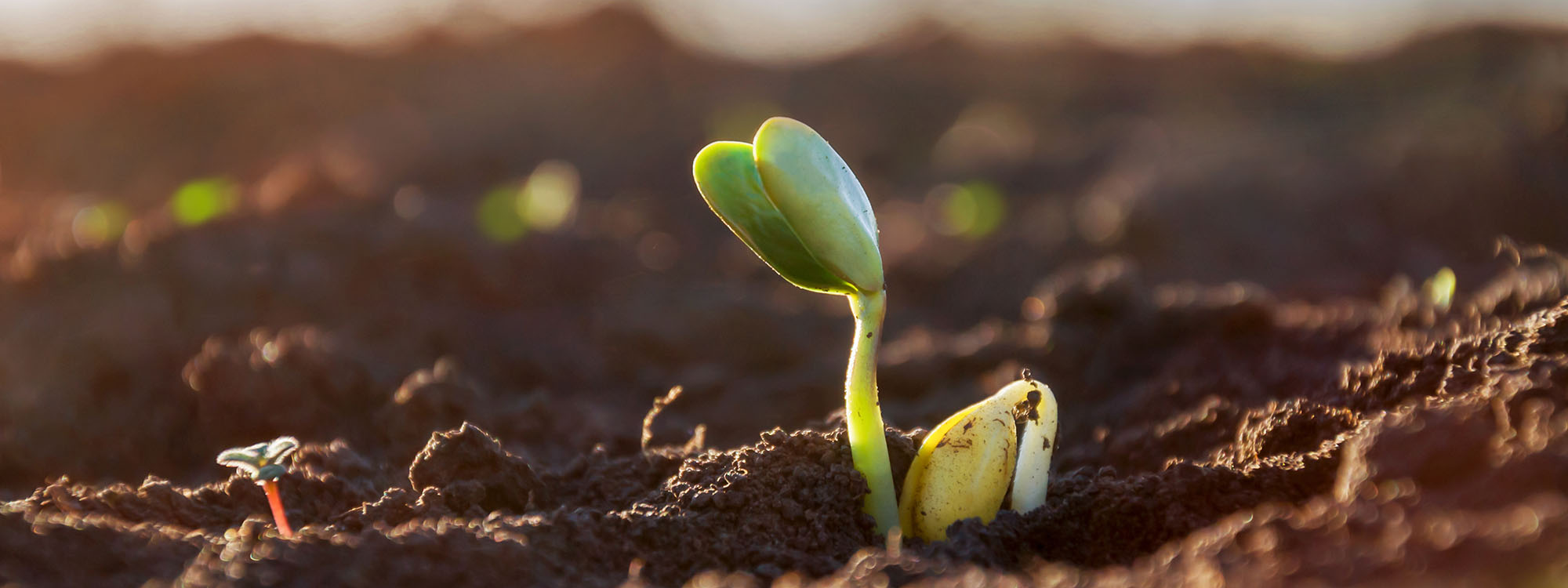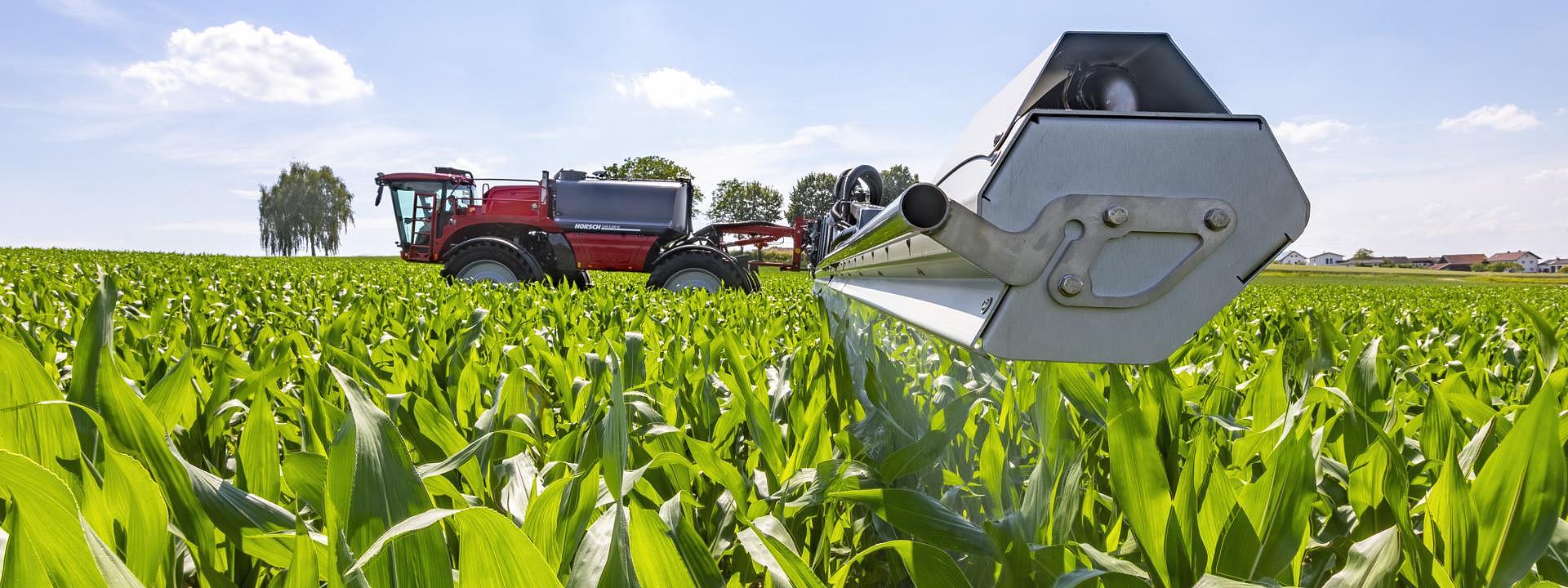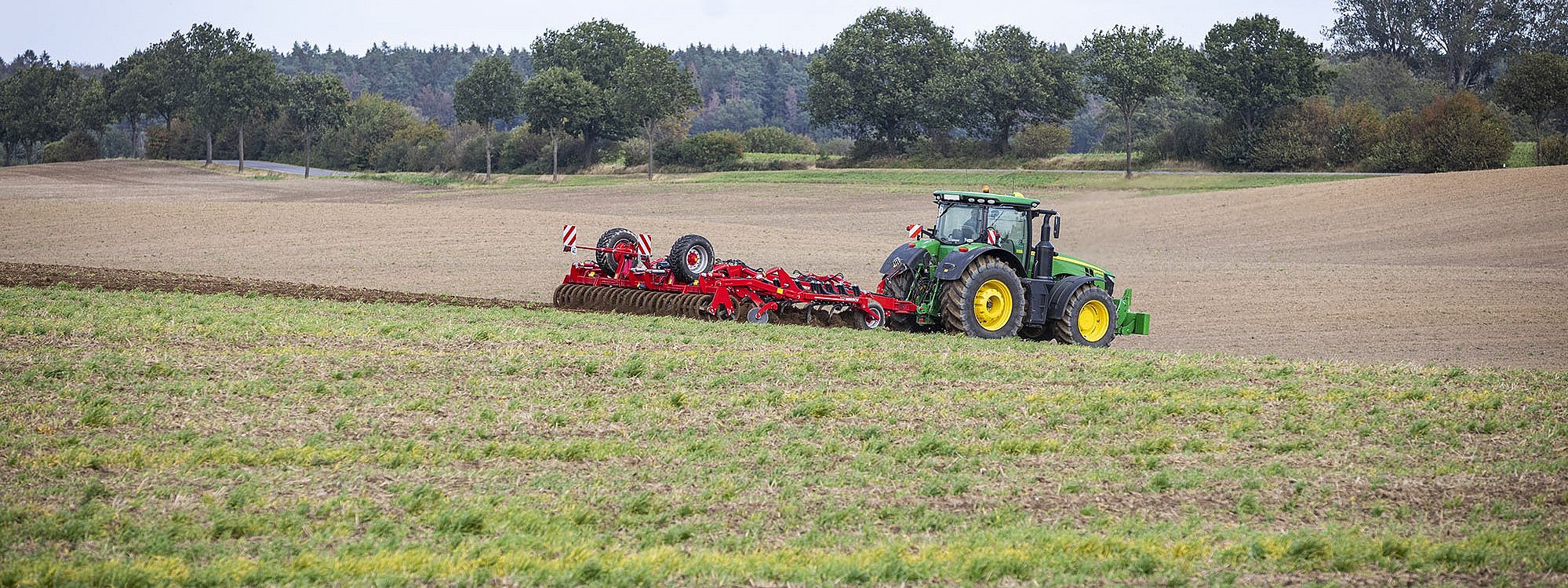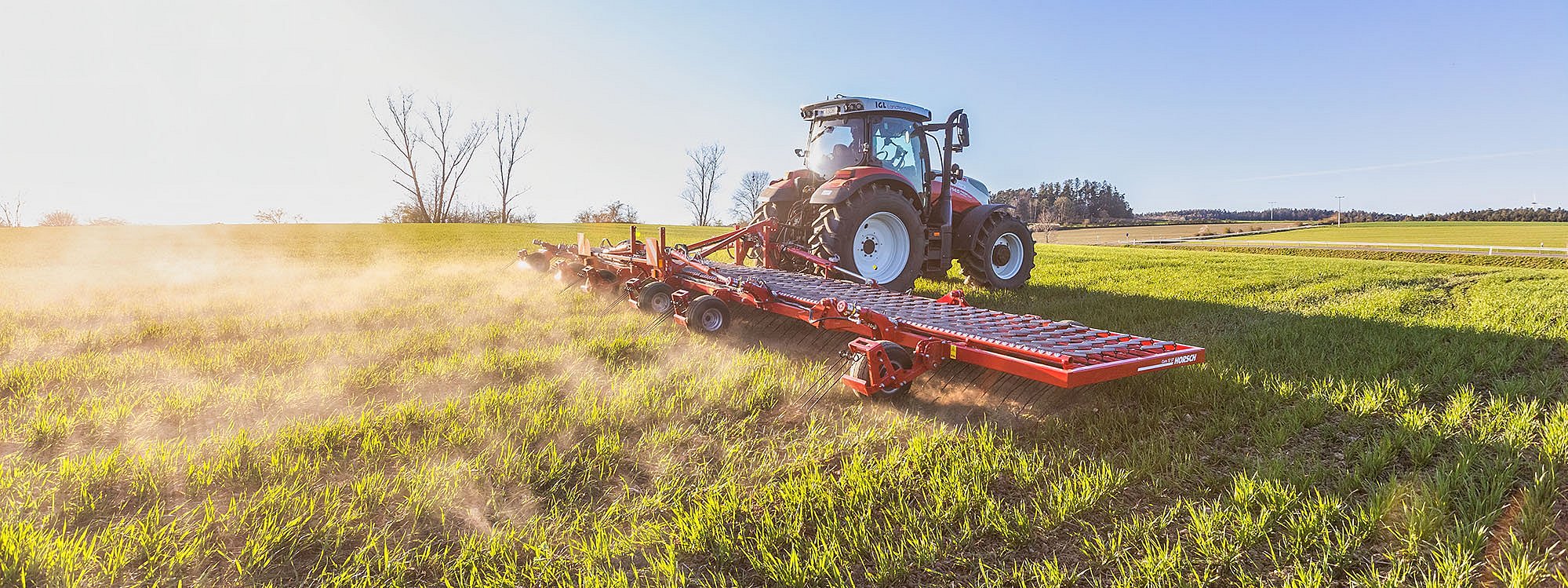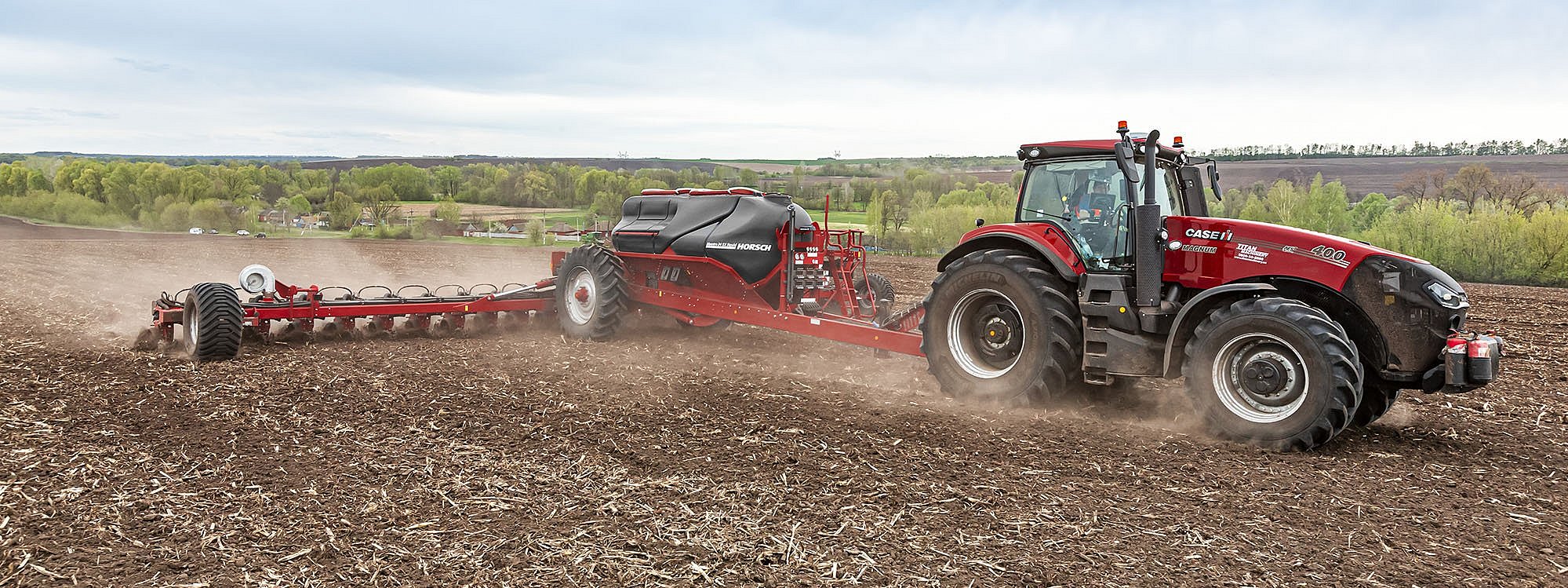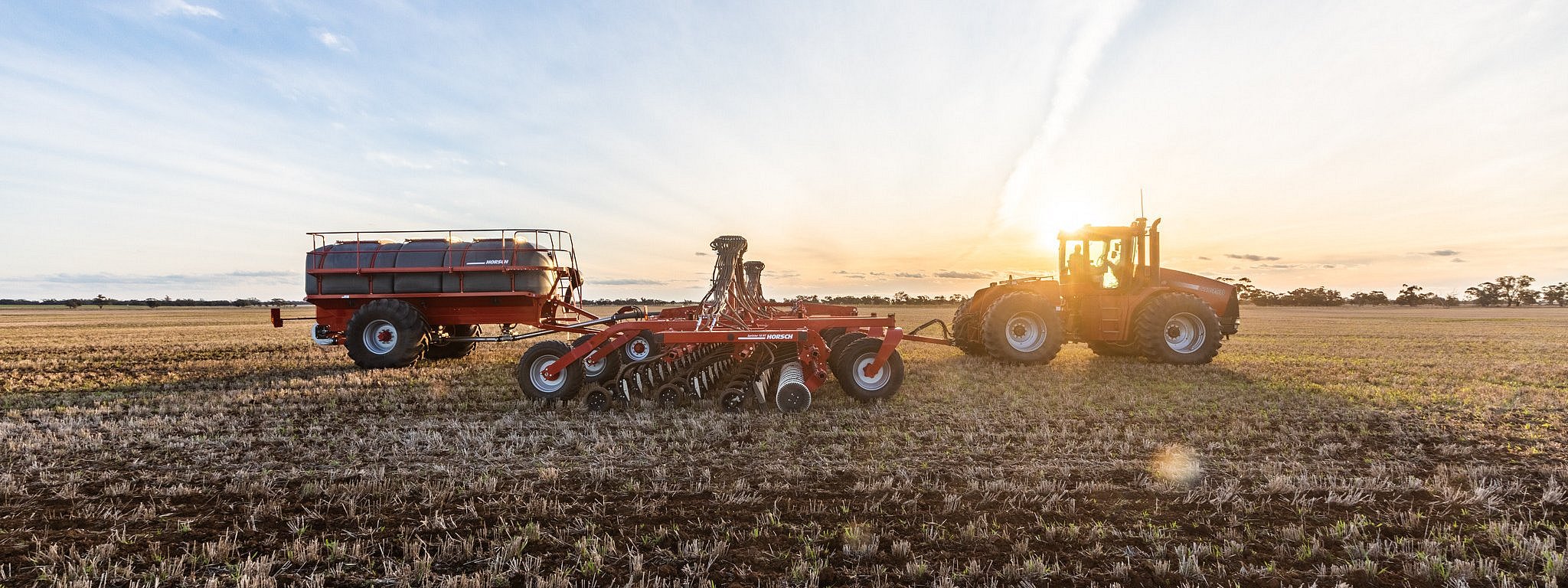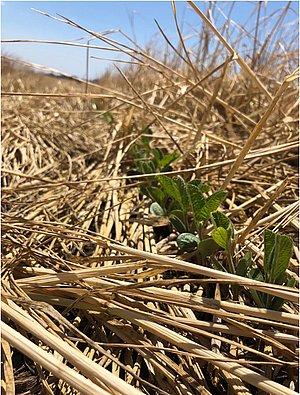The Final Stand-Cover Crops
Average reading time: 3 minutes
Recent interests in cover crops have demanded more answers. Some of these questions include: What are the best seeding techniques, correct seeding populations, right mixes, and most effective termination practices? All these questions rely on environment, soil types and goals.
First, there must be an overall goal. These goals may be erosion prevention, soil health, weed suppression, scavenging nutrients, carbon sequestration, or nitrogen fixation to name a few. For example: On this farm, the goal is to limit the amount of winter erosion on a sloping hill.
Cereal rye was the crop seeded at 50lbs/acre. Since the HORSCH Avatar was used; it was well noted for future seasons to lower the seeding rate. Although there was no early lodging, from the well-established plant stand, it is an unnecessary seed cost when such stands can be achieved with the correct seeding equipment/conditions.
Seeding, in a timely manner, may be the most difficult challenge. This is solely dependent on harvesting conditions of the past crop, or at the expense of in-season applications. The next challenging component is termination of the cover crop. Termination can be done in many ways. To discover the best termination practices, the AgVision Farm has devised several studies to evaluate. These were created with new adoption in mind. Most farms have access to tillage/chemical termination techniques.
To review these, one must take a broader look at the seasonal weather and soil conditions. Prior to the seeding date, these fields experienced cool, wet conditions. This makes it very difficult to achieve a proper seedbed when applying tillage termination. The problems occur when root balls, from the cover crop, are left on the surface or a crust forms during emergence. This is due to shallow termination and will take rain events, post application, for conditions to mellow. If the root balls/soil clumps are buried too deep; there is a great risk losing moisture below the seedbed. Yet, there is still stand loss. Having root balls present, from a tillage pass, creates an ununiform seedbed that only time, or deep tillage will be able to manage.
Analyzing the chemical termination plots, one can see higher emergence. This is primarily due to weather events. It was very difficult to close the furrow, but the farm received .6 of rain shortly after planting. A more aggressive closing wheel would have been the best choice. For more data on closing wheels can be found following this link. https://www.beckshybrids.com/pfresearch/PFR/Studies/PID/1275/SearchID/1293/cfs/True/cblcid_8_58/58
Planting into standing cover crop has its own drawbacks as well. The soil temperature was 10 degrees Fahrenheit cooler than the conventional plots. This can lead to many adverse effects while experiencing cool, wet weather. Not only will more biomass cause poor seed to soil contact but will retain much more soil moisture. Simply, the soil surface will not have as much exposure to the sun keeping it marginal during a cool, wet spring.
For a successful planting season using cover crops these are the main take-home theories.
- Clean seed furrow- sufficient seed to soil contact
- Proper seeding depth- deters predatory feeding of seeds and proper germination/even emergence
- Correct closing system- eliminating air pockets in-furrow
There is not a single system approach to succeeding with cover crops EVERY season. The conventional plots have a 20% higher emergence. Even better emergence would have occurred if a weed tine harrow, or rotary hoe, were utilized. After planting record high temperatures were experienced. This caused a crust just as these soybeans were trying to emerge. For data analysis, no actions were taken to compare which plots emerged best in each condition.
